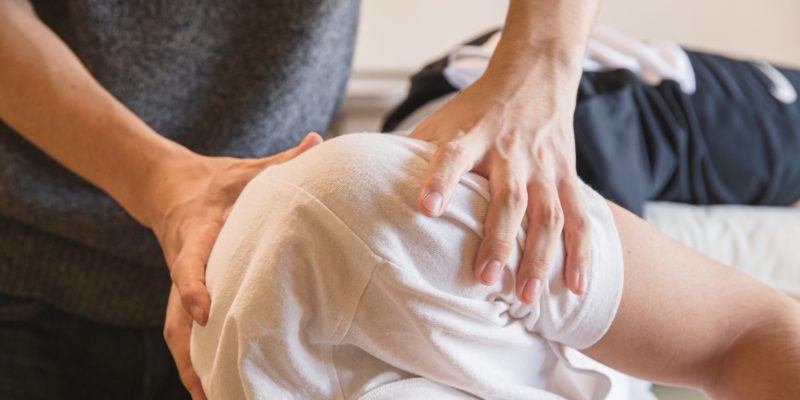Peripheral neuropathy is a condition that affects the nerves in people’s hands, feet, fingers, and toes. When peripheral nerves become diseased or damaged, they can’t properly send and receive messages that convey sensory information to and from the central nervous system. As a result, patients with peripheral neuropathy often find themselves struggling with numbness, tingling pain, and loss of coordination.
Peripheral neuropathy causes patients a lot of stress and discomfort. The good news is that, with proper treatment, it’s possible to control or even reverse the symptoms of peripheral neuropathy. Read on to find out how to get started.
Determining the Causes of Neuropathy
Finding a way to reverse peripheral neuropathy requires first identifying its root causes. Neuropathy and other nerve disorders can be caused by:
- Traumatic injuries
- Vitamin deficiencies
- Cancer treatment
- Immunological issues
- Alcohol or drug abuse
- Diabetes
- Viral infections
- Poor circulation
If patients are unable to identify and address the underlying problem, they won’t be able to find relief from their painful symptoms. Over time, the symptoms will become worse and may grow bad enough to impact patients’ daily lives. With the help of the experts at the Holistic Wellness Center, patients can figure out what’s causing their neuropathy so they can begin to heal.
Improving the Health of Nerve Tissues
The first step toward improving nerve health is to bolster a patient’s overall well-being. Accomplishing this goal may require a combination of nutrition therapy, joint strengthening, and balance improvement. Improving overall patient well-being supports the body and makes it easier for nerve damage to heal.
Stimulating nerve recovery may require reducing inflammation as well as activating alternative nerve signal pathways and stem cells to increase tissue healing. This, in turn, helps to provide patients with relief from pain and other worrisome symptoms.
Joint Mobilization and Physical Therapy
Joint mobilization is a specialized form of physical therapy designed to strengthen and stretch tissues. It involves applying gentle resistance to muscles and performing vibration balance exercises to improve stability and control. Joint mobilization can help to strengthen the nervous system in addition to patients’ muscles and joints, improving both physical function and brain-to-body communication.
Supporting Ongoing Health
Once patients have finished the first stages of peripheral neuropathy reversal, they can shift focus to maintaining a healthy lifestyle that will improve cellular health, keep inflammation to a minimum, ensure optimal blood sugar regulation, and boost nitric oxide levels. The most important part of ongoing supportive care is nutrition therapy. With the right diet, most patients can expect not just ongoing symptom relief but also the regeneration of nerve pathways for a healthy, pain-free future.
The Best Time to Start Is Now
Patients who have recently been diagnosed with peripheral neuropathy should seek help from a specialized naturopath as soon as possible. Conventional primary care providers tend to view peripheral neuropathy as a set of localized symptoms, while naturopaths view patients’ complaints from a more holistic perspective. They understand that everything from nutrition and diet to exercise patterns and other lifestyle factors all play contributing roles in not just the perception of pain but also how well patients are able to heal from nerve injuries.













Comments